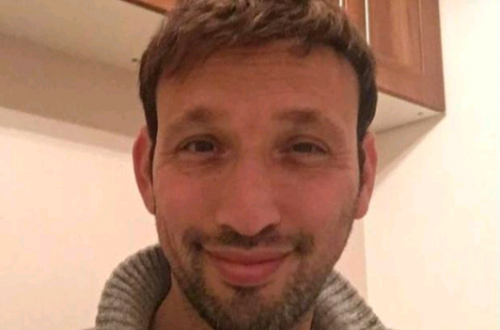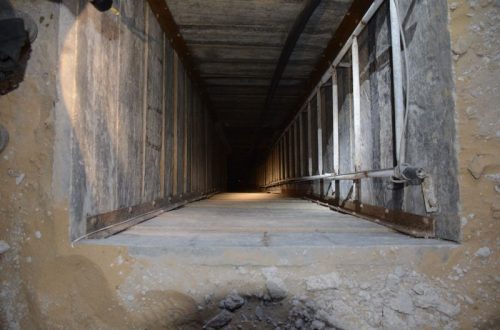This is a guest post from Alex Stein of falsedichotomies.com
Much of the analysis on the ongoing crisis in Gaza is dependent on some understanding of what happened during the previous six months. During this time, a ceasefire was in place between Israel and Hamas. Once the agreement was reached, though, people stopped paying attention. With this in mind, I’ve read over a detailed report issued by the IICC. Some readers may note that the IICC is firmly in the right-wing camp. To this criticism George Orwell’s famous dictum comes to mind: just because it’s in the Daily Telegraph, it doesn’t mean it’s wrong. In short, a priori objections are not sufficient, although I’d be happy if readers send me equally sober analyses from the left-wing camp. In the meantime, here’s my summary of the report’s key findings.
The first stage of the ceasefire came between June 19 and November 4, when there was a marked decrease in the extent of rocket/mortar attacks. During this period, 20 rockets were fired, and 18 mortar shells. Most of these were fired by ‘rogue elements’ (Fatah/Popular Resistance Committee), for a variety of reasons. One justification was that the firing was a response to Israeli violations. For example, on June 24, three rockets were fired at Sderot (this was the first Palestinian violation of the truce), after an Islamic Jihad operative was killed in Nablus. It is important to note that the West Bank was not included in the ceasefire agreement. Hamas responded to these violations with minor gestures and short-term detentions of militants.
On November 4, Hamas prepared to abduct Israelis by digging a tunnel under the border security fence. According to the report, Hamas decided on this action in the knowledge of the damage it would do to the truce. This is because they concluded that, with the Shalit negotiations dragging out, it would be better to have another Israeli soldier as a bargaining chip. The IDF prevented the attack, killing seven Hamasniks in the process; Hamas responded with a massive barrage of fire.
And so began the second stage of the ceasefire, which lasted between November 4 and December 17. During this period, 171 rockets and 120 mortar shells were fired at Israel. This is still a massive reduction when compared to the figure before the ceasefire – during the six months preceding the agreement, 2278 attacks had been launched. More crucially, Hamas now participated in the attacks. In turn, the IDF intensified its operations in Gaza, which had been downsized during the first period of the truce.
What about the crossings? Broadly speaking, crossings were open (to an average of 90 trucks a day) when there was calm, and closed when there was not. This gives lie to the idea of an unyielding and consistently maintained siege. On June 22, for example, Karni and Sufa crossings were opened to deliveries of consumer goods and fuel. They were then closed in response to the June 24th violation. On August 17th, Keren Shalom (itself the target of an attack back in April) was opened. During the first period of the truce, a new trucking company was quickly set up in the Gaza Strip, with 100 trucks to transport goods. Company President Abd al-Hakim Hasouna said that the improvement in the crossings was a factor behind the speed in which he was able to get the company started. Since November 4th, however, the crossings have been mostly closed.
There has been a shortage of fuel in the Strip, particularly industrial fuel. Israel has continued supplying electricity from Ashkelon, despite it being targeted by rockets. Ashkelon supplies around 65% of the Strip’s electricity, while Egypt provides another 5%. In addition, there have been attempts to bring in supplies via the sea (SS Liberty, SS Free Gaza, Dignity). As for Rafah, Egypt has insisted that Rafah will only open in compliance with the November 2005 crossings agreement, by which the border will be supervised by the PA, Israel, and the Europeans. Despite this, Rafah has been open for short periods of time, and there have been attempts to break through.
The other main source of supplies, of course, are the tunnels. These continue to flourish. Before this week’s attacks, there were between 400 and 600 tunnels operating, and there have been calls to nationalise them. They have been used to bring in all kinds of goods, but it is important to note that there has been a vast increase in the type and quality of weapons available to the Hamas. In the meantime, there was an increase in military training, including advanced anti-tank weapons, naval training, special forces courses, urban combat etc, as the Hizbollisation of the Hamas continued.
Make of all this what you will, and feel free to point me in the direction of other reports dealing with the truce. It’s crucial that we understand what went wrong, and it should be easily verifiable to find out.


